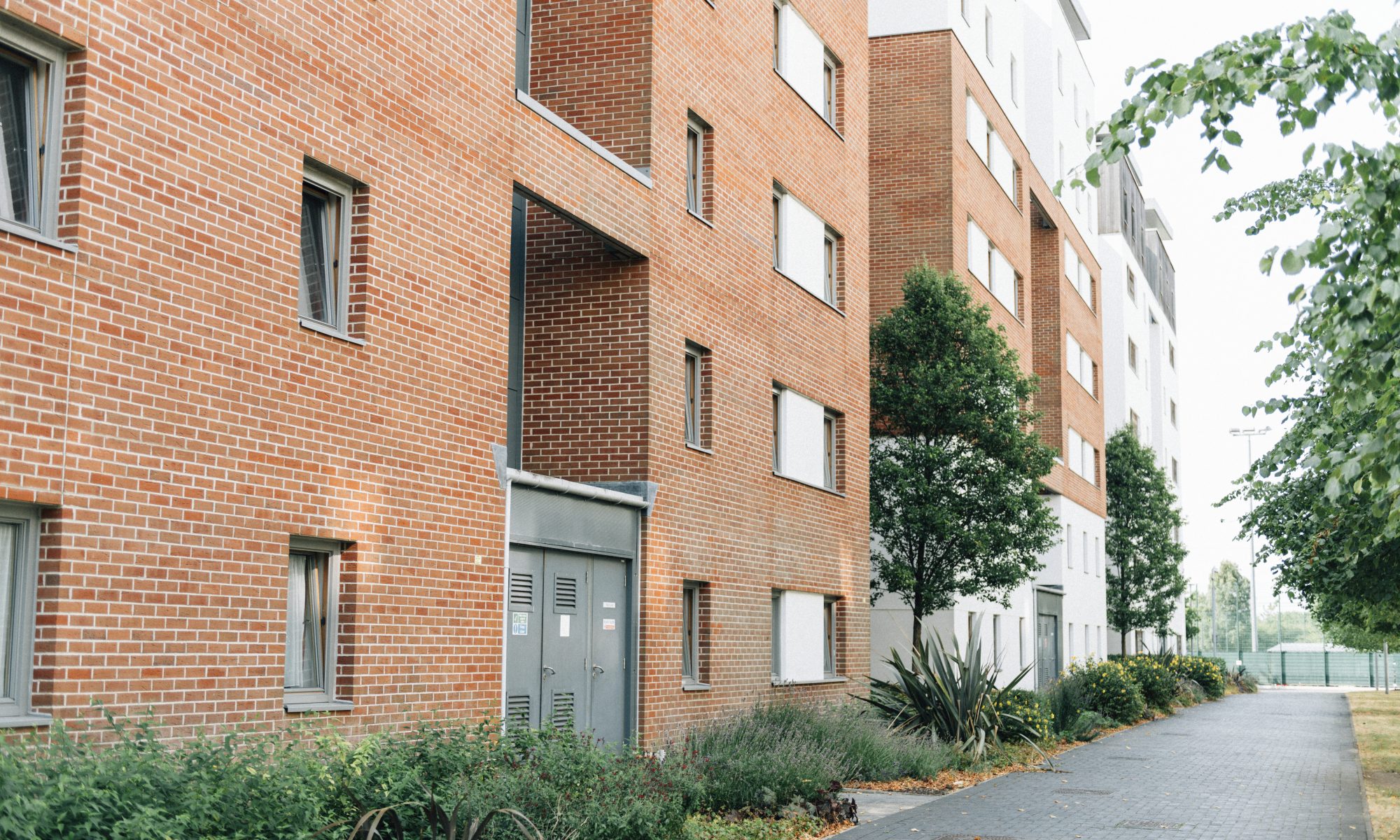If you’ve ever lived with friends or roommates, you might have encountered the phases of ‘flatmate friendship’.
It typically starts with excitement; a chance to save money, set expectations, bond over common interests, and finally not be alone on Friday nights.
But for some, it’s only a matter of time before dishes are piled up in the sink, the bathroom mirror’s sprayed with toothpaste, the garbage bin’s overflowing… and the honeymoon phase of shared living is well and truly over.
It’s not exactly what you signed up for – and what started as an agreement, has suddenly turned into a bitter stalemate of who is responsible for what. What’s worse, you don’t actually have anything to establish the terms of your agreement, or prove your side at all.
In the world of renting, things can get pretty sour without these kinds of agreements.
After all, we all have completely different standards of living; what constitutes ‘clean’ to one person may simply mean tidying, while to another, it could mean regularly scrubbing surfaces to prevent mould.
Even the most well-intentioned landlords and tenants can find themselves caught up in the difference, which is exactly where a property condition report comes in.
If a rental property is returned to the same condition that it was acquired in (taking into account fair wear and tear, of course), then there’s no room for doubt or disagreement between parties. It’s simply a matter of comparing the record of the property at the start of the lease, with its condition at the end.
But this of course depends on drawing up a good condition report, before commencing the tenancy agreement.
So what makes a good one?
A basic condition report will be prepared by a property manager at the beginning of a lease, where information will be recorded about the present condition of the property. Better condition reports will be accompanied by photos – on average, Prudential Real Estate will take up to 200 photos in a single property.
While agents will typically organise this, there’s no reason that tenants shouldn’t also take their own photos for further record.
Further to this, a good report is one that’s been thoroughly reviewed by the landlord and the tenant. If you’re about to rent a property, it’s vital that you check over all details for accuracy; if there’s existing marks on the walls, check that these are noted.
While any dispute must be accepted by the agent and landlord for it to be formally adjusted, it’s still important to propose these changes regardless of the outcome, and to make your own record for additional visual evidence.
At the end of a lease, nobody wants an unnecessary out-of-pocket expense – but this is precisely what the cost of a lost bond will be, without an accurate property condition report to protect you. Take the time to check over yours before you sign a lease, and if in doubt, always speak to your property manager first.
Prudential Real Estate Campbelltown | (02) 4628 0033 | campbelltown@prudential.com.au
Prudential Real Estate Liverpool | (02) 9822 5999 | liverpool@prudential.com.au
Prudential Real Estate Macquarie Fields | (02) 9605 5333 | macquariefields@prudential.com.au
Prudential Real Estate Narellan | (02) 4624 4400 | narellan@prudential.com.au

